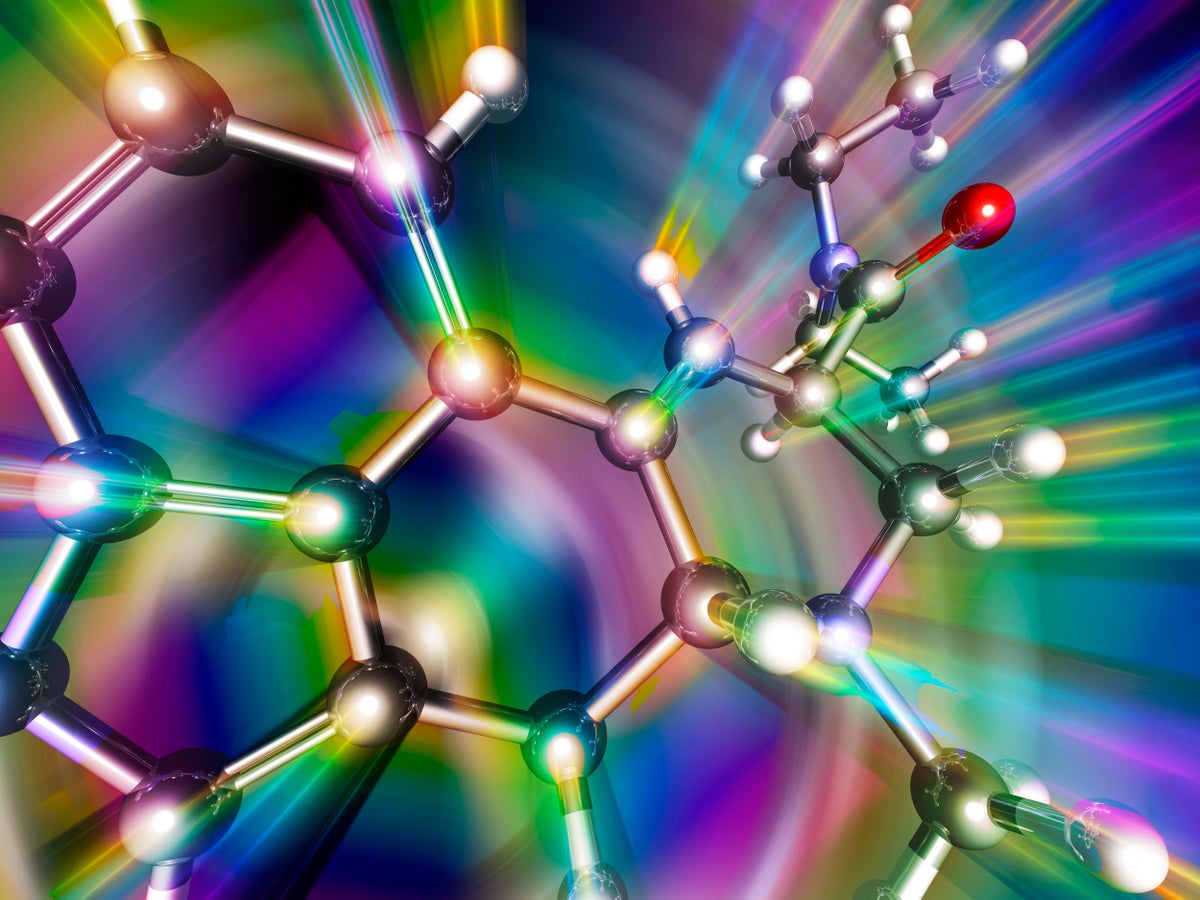Researchers have utilized the AlphaFold protein-structure-prediction tool to discover hundreds of thousands of potential new psychedelic compounds, offering a promising avenue for the development of novel antidepressants. This groundbreaking research demonstrates that AlphaFold predictions, easily accessible with a simple click, can be as valuable for drug discovery as experimentally determined protein structures, which often require months or even years to ascertain.
The utilization of AlphaFold represents a significant advancement in the field of biology, with its database containing structure predictions for nearly every known protein. These protein structures play a crucial role in the pharmaceutical industry for the identification and enhancement of potential medications targeting disease-related molecules. While some scientists had doubts about the efficacy of AlphaFold predictions compared to traditional experimental models in drug discovery, recent findings have challenged these reservations.
Jens Carlsson, a computational chemist at the University of Uppsala in Sweden, hails AlphaFold as a revolutionary tool for drug design, emphasizing the importance of leveraging accurate protein structures in this process.
Despite initial skepticism surrounding AlphaFold’s application in drug discovery, several studies have highlighted discrepancies between AlphaFold predictions and experimental protein structures obtained through methods like X-ray crystallography. However, recent investigations have shown promising results in identifying drug candidates using AlphaFold-predicted structures, particularly in targeting proteins associated with neuropsychiatric disorders.
The research team led by Brian Shoichet and Bryan Roth conducted virtual screenings of potential drugs using both predicted and experimental protein structures, leading to the identification of distinct drug candidates by each method. Surprisingly, the hit rates, indicating the efficacy of flagged compounds in altering protein activity, were comparable between the two groups. Notably, AlphaFold structures successfully pinpointed drugs that activate serotonin receptors, offering new possibilities for developing non-hallucinogenic antidepressants.
Moreover, studies have demonstrated AlphaFold’s proficiency in identifying drugs for G-protein-coupled receptors, showcasing its potential impact on drug discovery efforts targeting specific protein classes. The confidence in predicted protein structures could revolutionize the drug development process by streamlining the identification of potential drug candidates.
While AlphaFold predictions are not universally applicable, they hold promise in expediting drug discovery projects and advancing research timelines significantly. The integration of AlphaFold in drug discovery initiatives, such as those undertaken by Isomorphic Labs, signifies a major leap forward in leveraging AI tools for pharmaceutical innovation.
In conclusion, while AlphaFold and similar tools may not entirely replace experimental methods in drug discovery, their ability to accelerate candidate identification and optimization processes should not be underestimated. Striking a balance between computational predictions and experimental validation remains a key challenge in maximizing the potential of AI-driven advancements in drug development.










